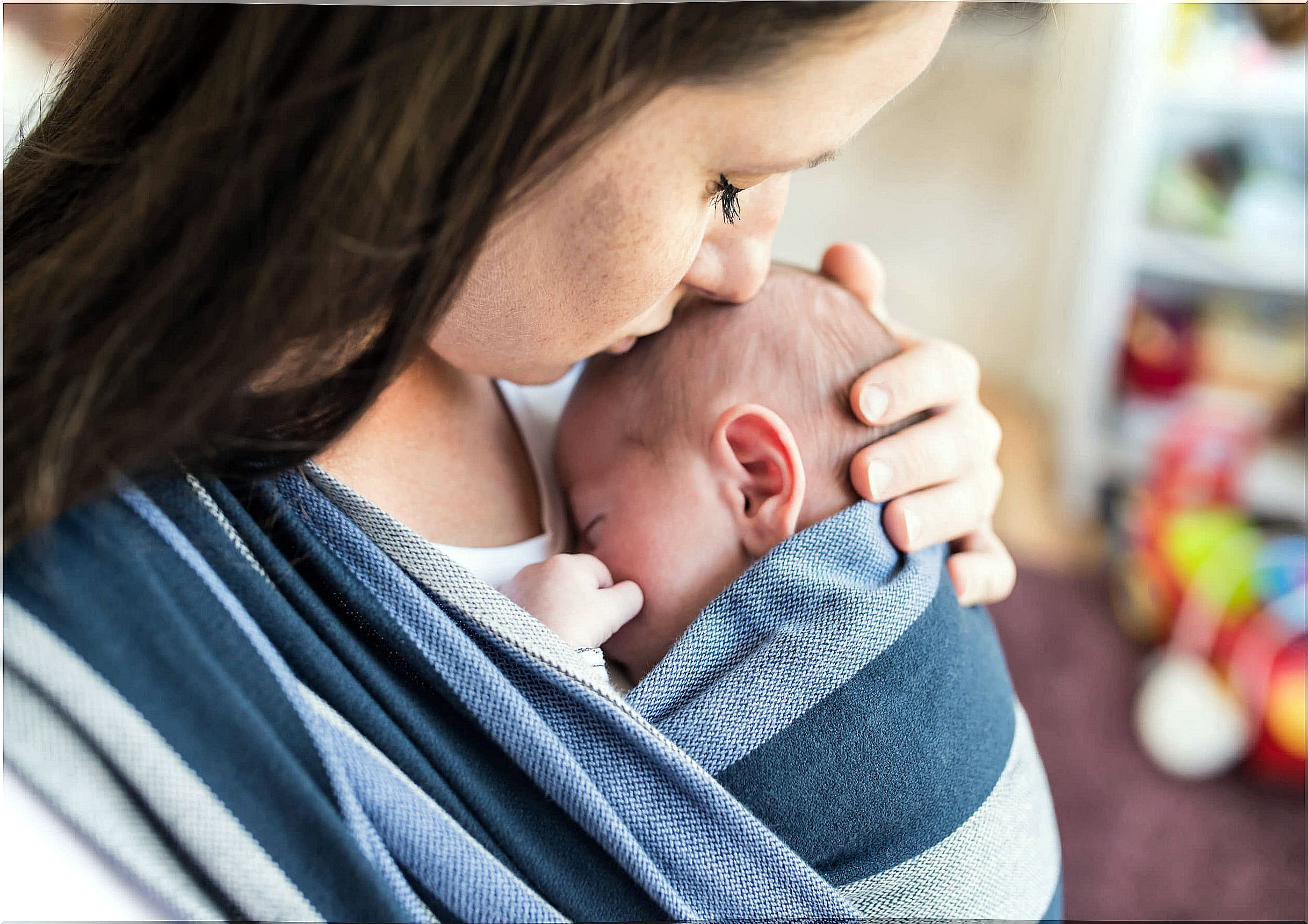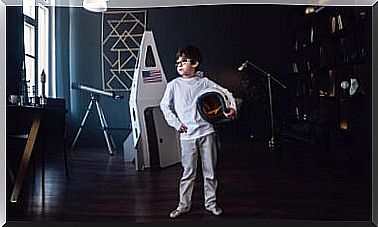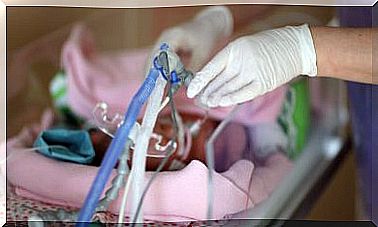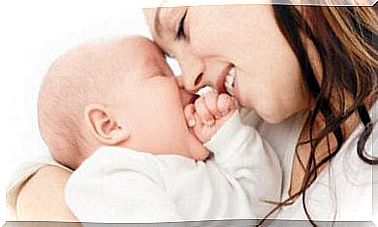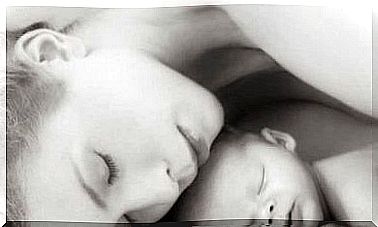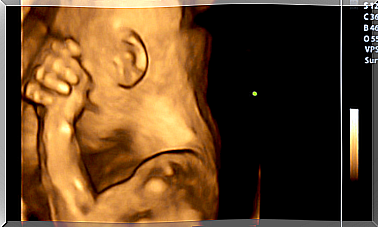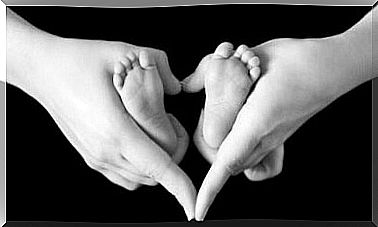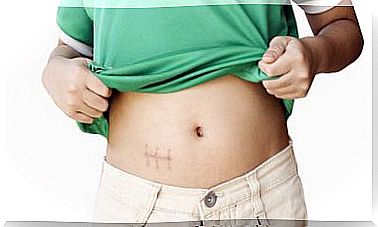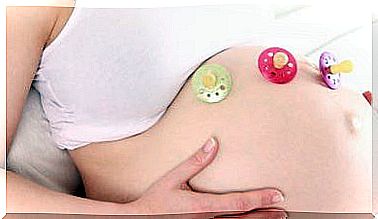The Importance Of Ergonomic Carrying In The Baby
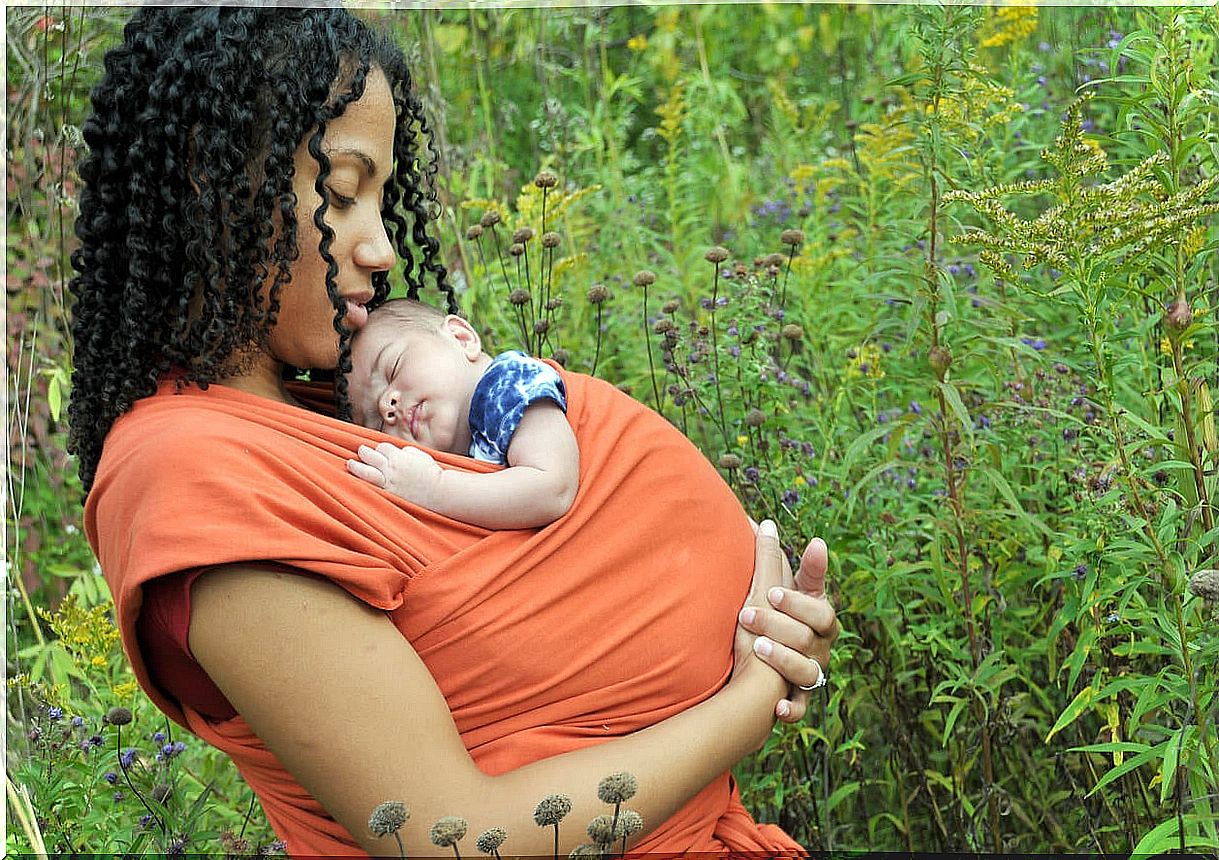
After birth, the subsequent 3 months are considered the fourth trimester of gestation, due to the immaturity of the newborn and complete dependence on its mother. It is at this stage when ergonomic carrying in the baby is of great importance.
In some cultures it is very common to see mothers carry their children on the chest or back, using fabrics of different characteristics. In the West, several elements have been developed that fulfill the same function. It is essential to find out before deciding which of them to use, in addition to knowing the most appropriate techniques to carry the child, without affecting the posture of both.
What is ergonomic carrying?
Ergonomic carrying is a method designed to carry the baby in a safe and respectful way. In addition, it allows permanent contact between him and his mother. Similarly, it can be applied by another caregiver. This system facilitates a good posture for the carrier and the child being carried.
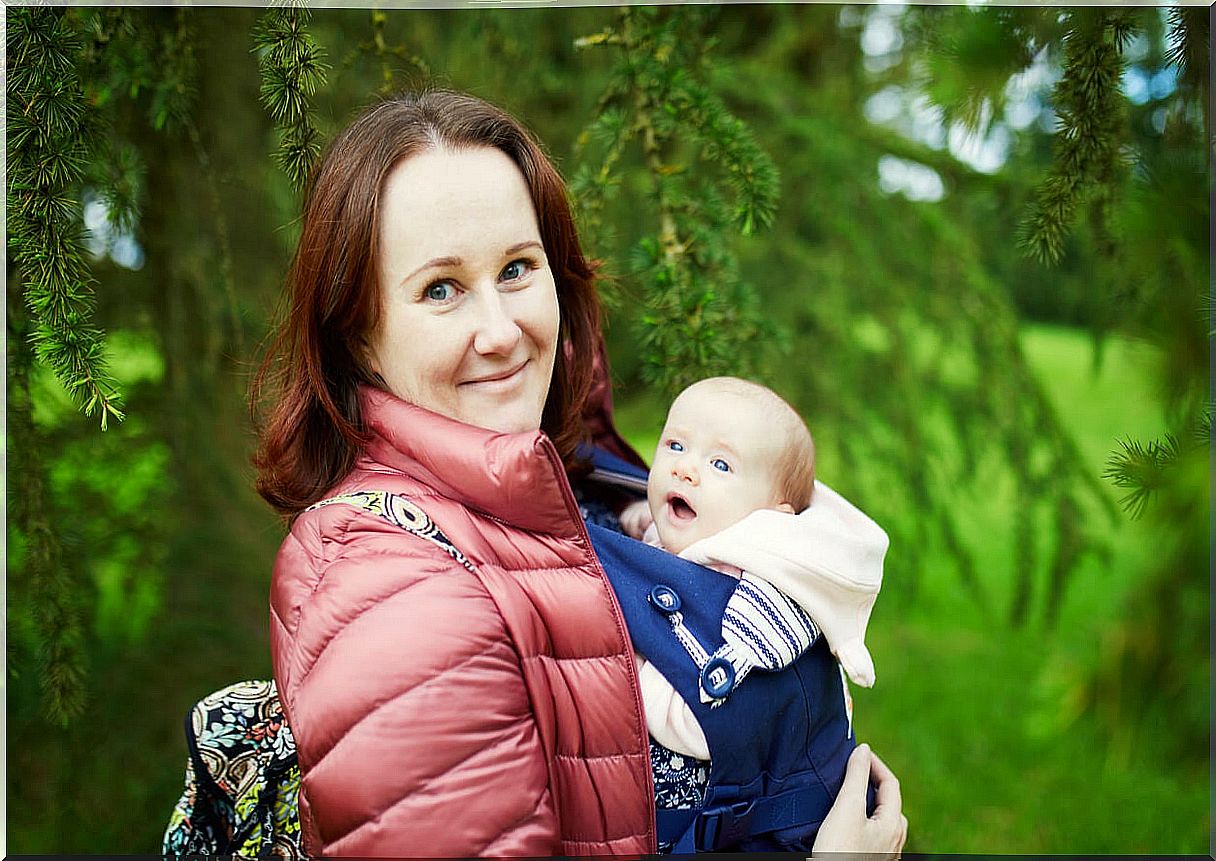
The use of an element specifically designed for that purpose is a requirement for applying ergonomic bearing. Are among the leading carriers cravat, foulard elastic, shoulder strap, the Mei Tai , ergonomic backpack and pouch. Each one with its own characteristics regarding its measurements, materials and installation technique.
Why is ergonomic carrying important?
Ergonomic carrying offers an important carrying tool for both mothers and babies. It is a valuable system, since it respects the natural position of the child’s spine. The permanent contact between him and his carrier gives him security and protection. It is a subjection similar to the one that held him inside the mother’s womb.
This system also prevents postural alterations that occur in some babies. In the first months of life, when your head is still flexible, you must take care of the surfaces on which it rests. The flattening of a part of the head occurs by resting for a long time on the same side on a rigid surface. This deformation is called postural plagiocephaly .
In addition, it allows a good development of the hip due to the position in which it is located. It can also be used as a treatment for colic and hip dysplasia, and in the supportive cranial deformations that we mentioned previously.
Ergonomic carrying safety
Ergonomic carrying is safe as long as it is done correctly. The following measures should be taken into account:
- The baby is in an upright position, with the knees separated from each other. His face must always be visible and the pelvis must be tilted towards the adult. The child’s abdomen must be in contact with the adult, thus ensuring that the chin does not fall on the chest and suffocation is avoided.
- The baby carrier must be taut, allowing good support for all parts of the back.
- When it comes to a newborn, or a sleeping baby, the head should be supported gently towards the adult’s body.
- The adult must be careful that the baby has free airways and checks that he breathes well.
When selecting a device, it should be ergonomic and safe for the child, as well as comfortable and easy to use for the wearer. You must respect the rules of safe carrying and allow the baby to be one kiss away from the adult. The child’s thighs should be above the carrier’s navel
The adjustable back support allows greater functionality for growth. In addition, it allows the child to perform movements with greater freedom. It is important that you support the head when the little one is asleep.
Benefits of doing it right
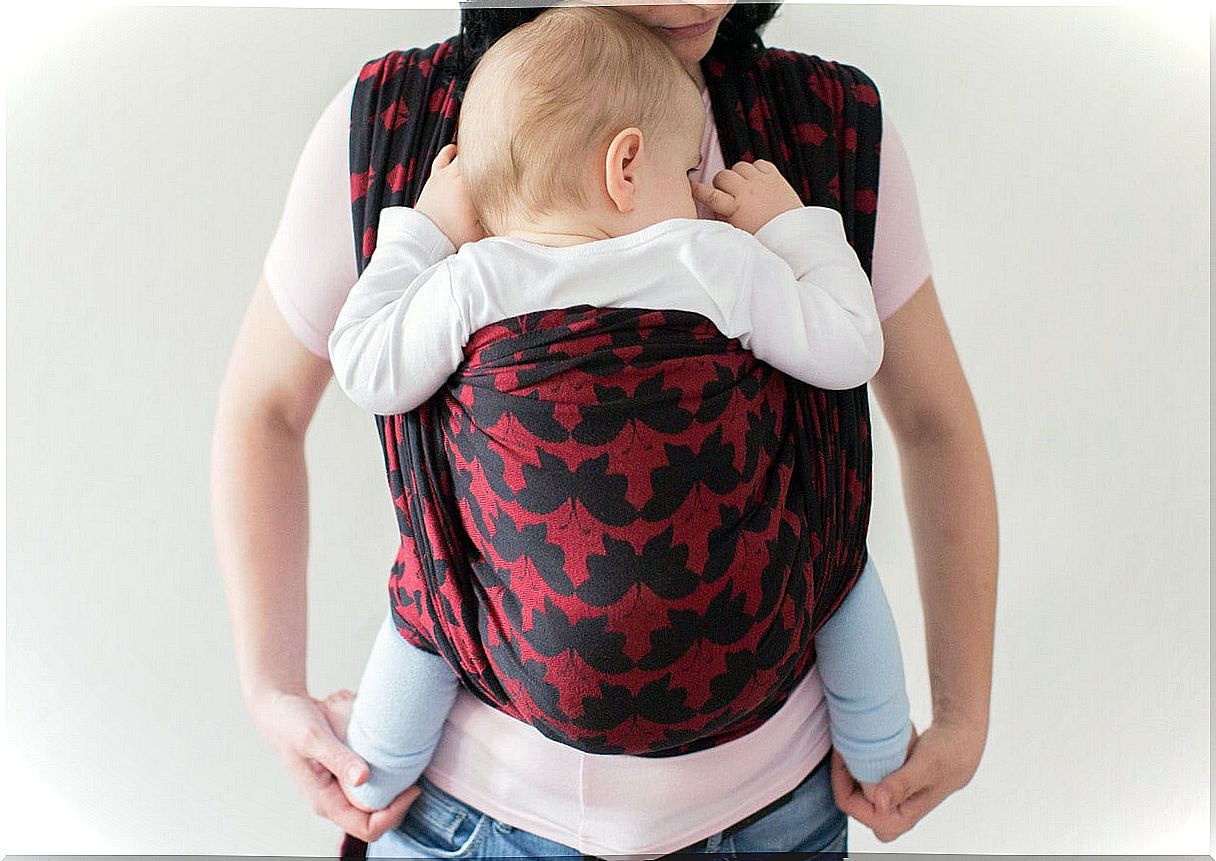
The advantages of correctly applied ergonomic carrying are really numerous. Initially, it may take some patience to speed up the technique. However, once learned, it is simple and practical to do. Next, we detail the benefits it offers to adults and babies:
- For the adult : improves their ability to provide calm and intuition in the face of baby signals. By having more contact, you get to know him better and can anticipate when he is hungry. It gives you the opportunity to strengthen the bond of attachment with other people, beyond the mother. Allows you to use both arms in another activity. It also improves the mother’s mood during the puerperium, since she was used to carrying her baby in the womb. Also, it is good for breastfeeding.
- For the baby : it offers a feeling of security and tranquility, so it is less disturbed. It favors a better quality of sleep and less energy expenditure. In addition, it improves thermal regulation and facilitates the expulsion of gases. It also stimulates all the senses of the child’s nervous system and attachment to their caregivers.
This system dispenses with the need to use a car to transport the baby. In addition, if you begin to carry as a newborn, you progressively strengthen the muscles of the carrier’s back, so the importance of ergonomic carrying of the baby can be understood.
Therefore, it is very beneficial and safe, if done correctly, for both the carrier and the child being carried. Likewise, it improves the quality of life in mothers and caregivers. Among other things, it provides more freedom for other activities while the baby feels comfortable and safe.
